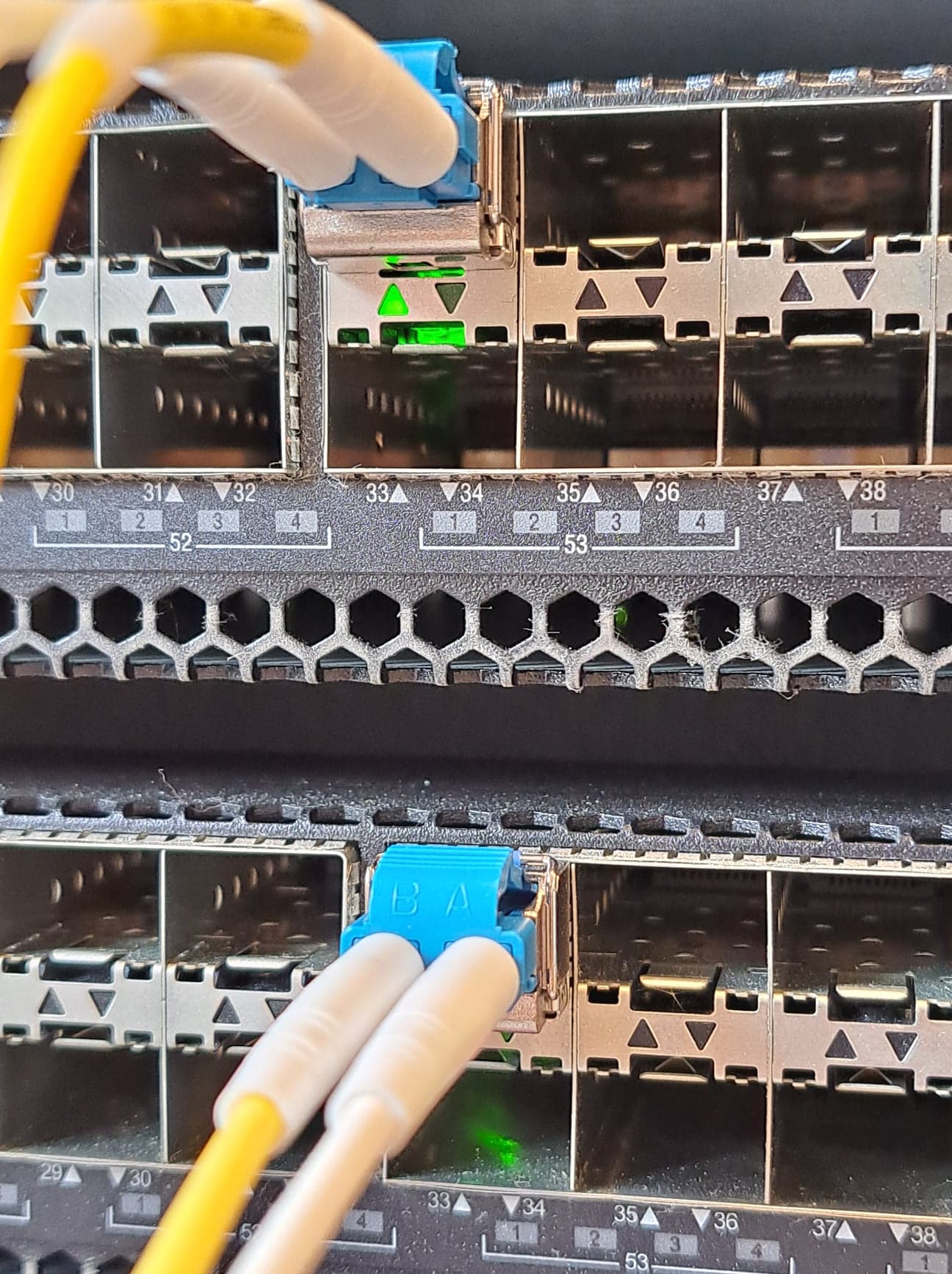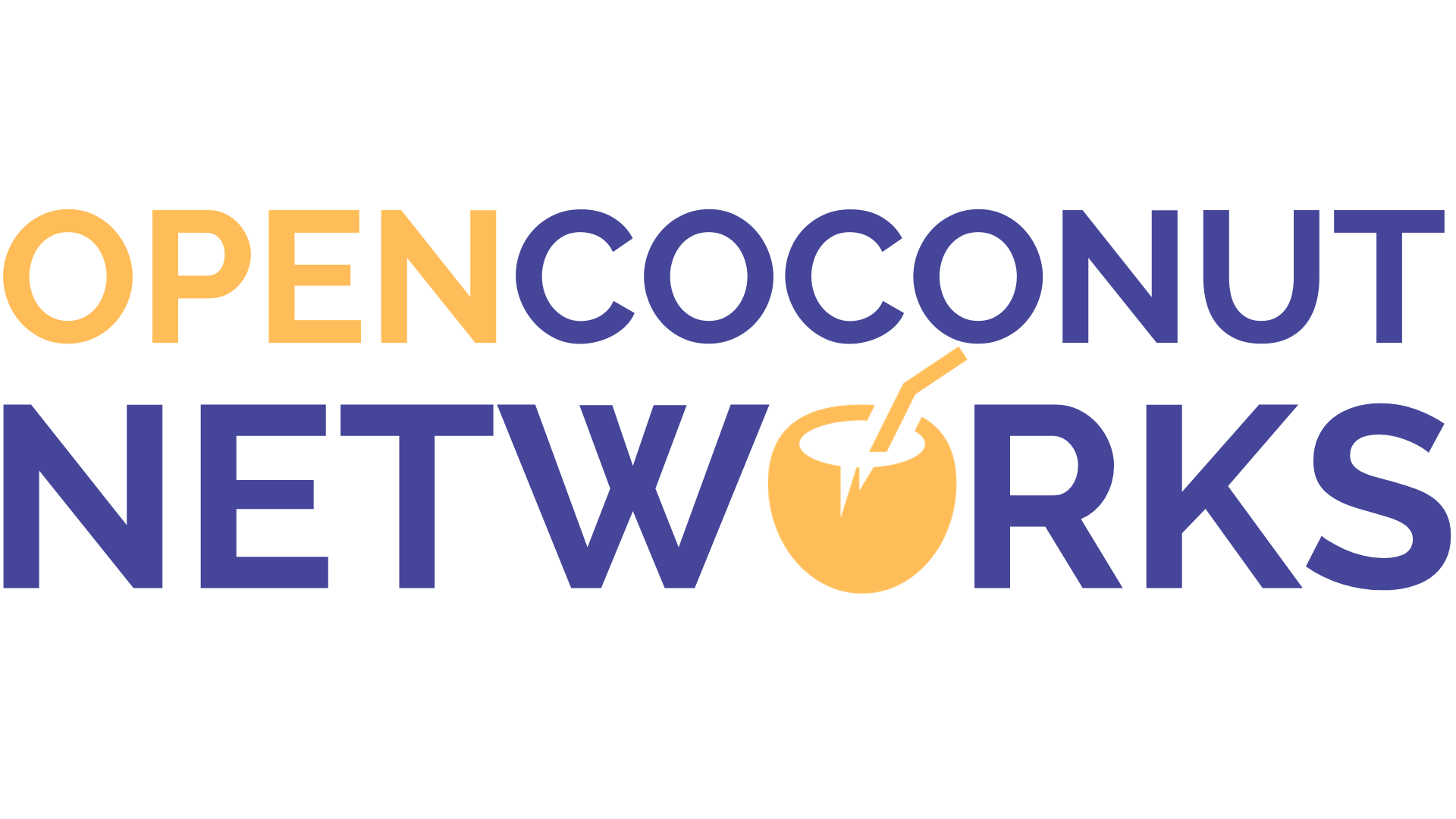What is a Cross-connect?
What is a Cross-connect?
Situation
When two networks need to interconnect together, read need to establish connectivity, in order to exchange data, several possibilities exist.
Network Engineers may use the Internet, a VPN (IPSec) over an unsecured channel such as the Internet or over an underlay network such as an MPLS network which would be considered secured or via a direct interconnection through the use of what's called a cross connect. Let's see together what is a cross connect and in which situation to use them.

What does it look like?
A cross connect is a physical connection between two network devices by the mean of an optical fiber or a copper cable (less and less in use, at the profit of using optical fiber).
On network devices you connect the fiber or the copper cable into a port. That port is capable of transmitting and receiving electrical signals or optical signal (in the case of the fiber). Since transmission is a two way process, there are transmitters and receivers.
So if we say that device A transmits a signal over a port, it has to be received on the receivers on the remote port at device B. And vice-versa. Hence the term cross connect, because the cable has to be sort of twisted for the transmitters to be facing the receivers.
Nowadays, the optical fiber cable is already built in such a way that you don't need to twist it (see the A / B marking on connector of the fiber on the picture above. The A side on the bottom of the picture is actually matching the B side on the cable at the top of the picture).
For the copper cables we used to use cross over cables to interconnect devices of the same type (router to router, or switch to switch). Today this is not required anymore, devices are able to sense the cable and auto adapt.
Distance
Usually cross connect are deployed in a restrained physical area, such as a datacenter or a building. That means that two companies for instance would host their infrastructure in a datacenter in which they are tenant, what is called co-location.
Hence the distance between two infrastructures is usually comprised in a range between 2 meters (in the case of a datacenter with direct rack to rack cabling) and most likely something around a few hundreds of meters (when there is a MMR in the datacenter).
Long-haul cross-connect
Another type of cross connect that we can talk about are the long-haul cross connect.
These have the same function as the usual cross connect, however they permit to exchange data over a much longer distance, all around the world actually. Understand both infrastructures to interconnect do not reside in the same location. But rather in distant locations. For instance infrastructure A would be in Los Angeles and infrastructure B would be in London.
The traffic is then transparently transported over an underlay network such as MPLS.
This is the core business of Open Coconut, this is what we call OC-Ethernet and it's provided through our portal.
We permit distant infrastructures to interconnect as if they were in the same location.
If you want to hear more about it, please chat with us.
Cost of a cross-connect
Nowadays, most datacenters price a cross connect in two parts, the NRC (Non Recurring Cost, or setup fee) fee and the MRC (Monthly Recurring Cost) fee.
The NRC usually applies when you order the optical cable (or copper) from your rack to the MMR.
On the other side the MRC is applied when the datacetenter field engineer is actually cross connecting both positions in the MMR.
In many datacenters, the company or individual who request the cross connect is the one who has to pay the MRC fee.





